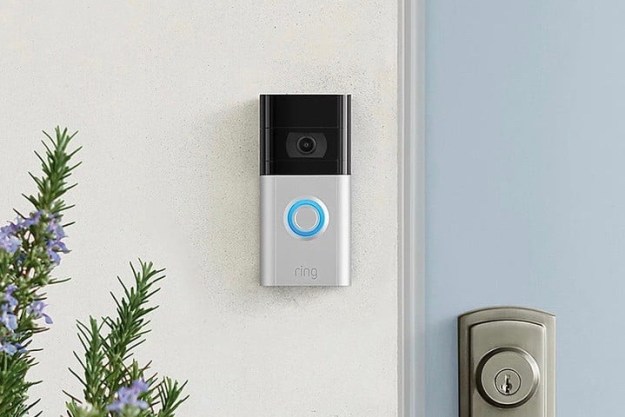Researchers at the Beijing Institute of Nanoenergy and Nanosystems have developed a means of creating a wood-based triboelectric self-powered smart home sensor. Basically, it can harness the energy you use to press a button or step on the ground to send wireless signals around the house. With this system, a layer of wood has a thin copper film applied to the underside, which makes contact with a non-stick layer beneath when pressed, and generates an electric charge. That charge can then be used to power a sensor and emit a signal.
The strength of that charge depends on the overall surface area but can be high enough to communicate your position on a floor peppered with sensors below the surface. This use case alone presents some interesting options. Smart lights could light up as soon as your footsteps are sensed in the area, or falling down could trip multiple sensors and fire an emergency alert.

This technology could be applied to switches as well. Smart lights regularly have mechanical switches for those times you don’t want to dig around in your mobile app. With a triboelectric layout applied, these switches could be able to talk to your low-power network without needing a battery or being wired directly into your home’s electrical system. That switch will also look pretty dang nice if it’s made of wood.
We’ve bumped into similar concepts in the past. The challenges of developing a significant charge using wood as a primary material are high. Wood isn’t great at conducting electricity, so it needs a fair bit of treatment to be useful in smart home applications. Considering how little power these devices generate, we won’t be charging our phones just by walking on our floors anytime soon. However, being able to remove the need for batteries to be included in low-power devices such as smart home sensors could save on manufacturing costs and their environmental footprint. Being able to rely on wood as a smart building material also reduces the number of plastics used in the home. It takes time for these projects to graduate from the lab to the marketplace, but we’re eager to see it happen.
Editors' Recommendations
- SimpliSafe is now using AI to prevent burglars from entering your home
- Ring Battery Doorbell Pro vs. Aqara G4: Which is the better video doorbell?
- Home Depot’s Hubspace is a great way to start building your smart home
- Echo Hub vs. Echo Show 15: Which is the best smart home gadget?
- How to use the Google Home app on a computer




